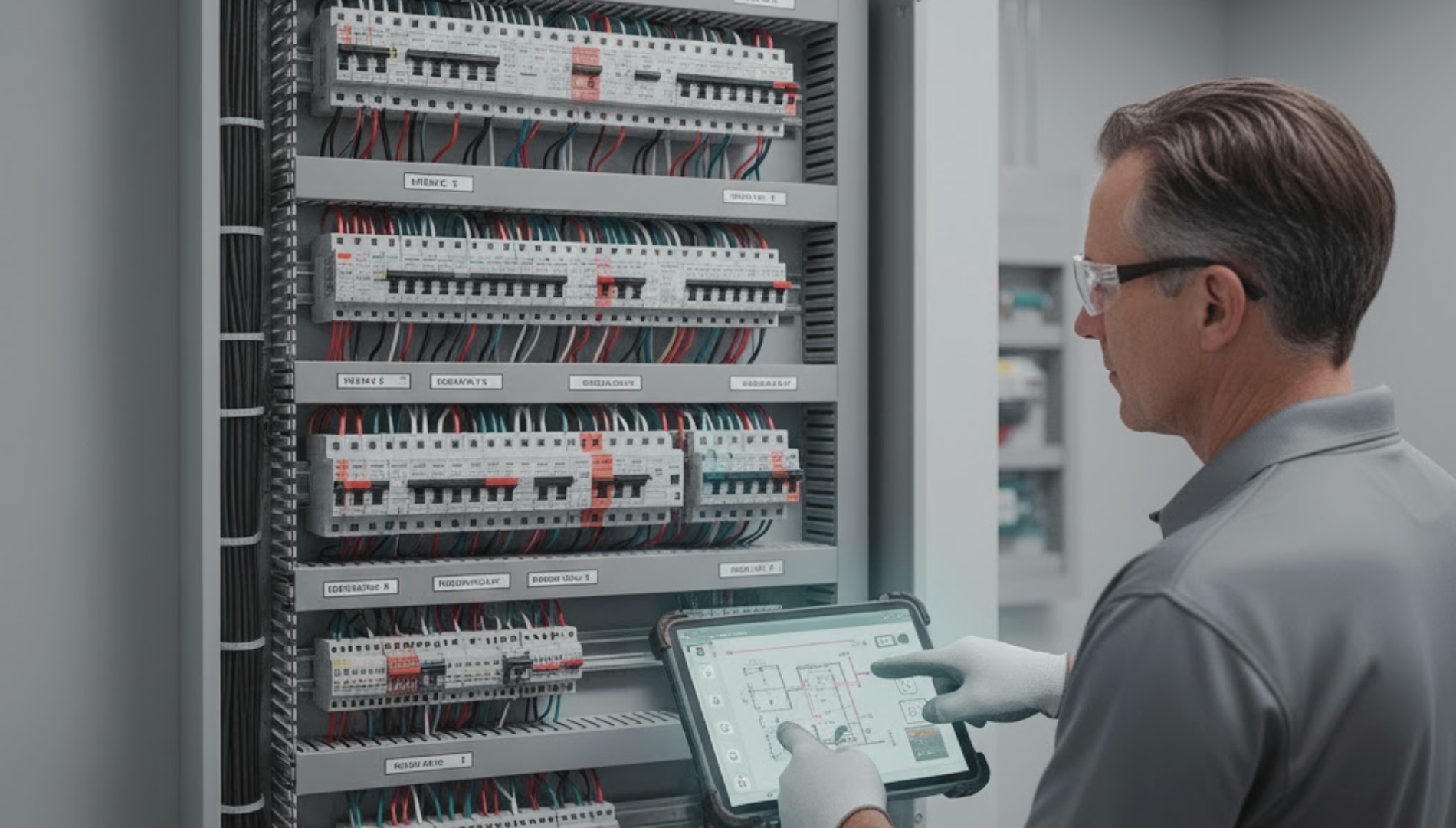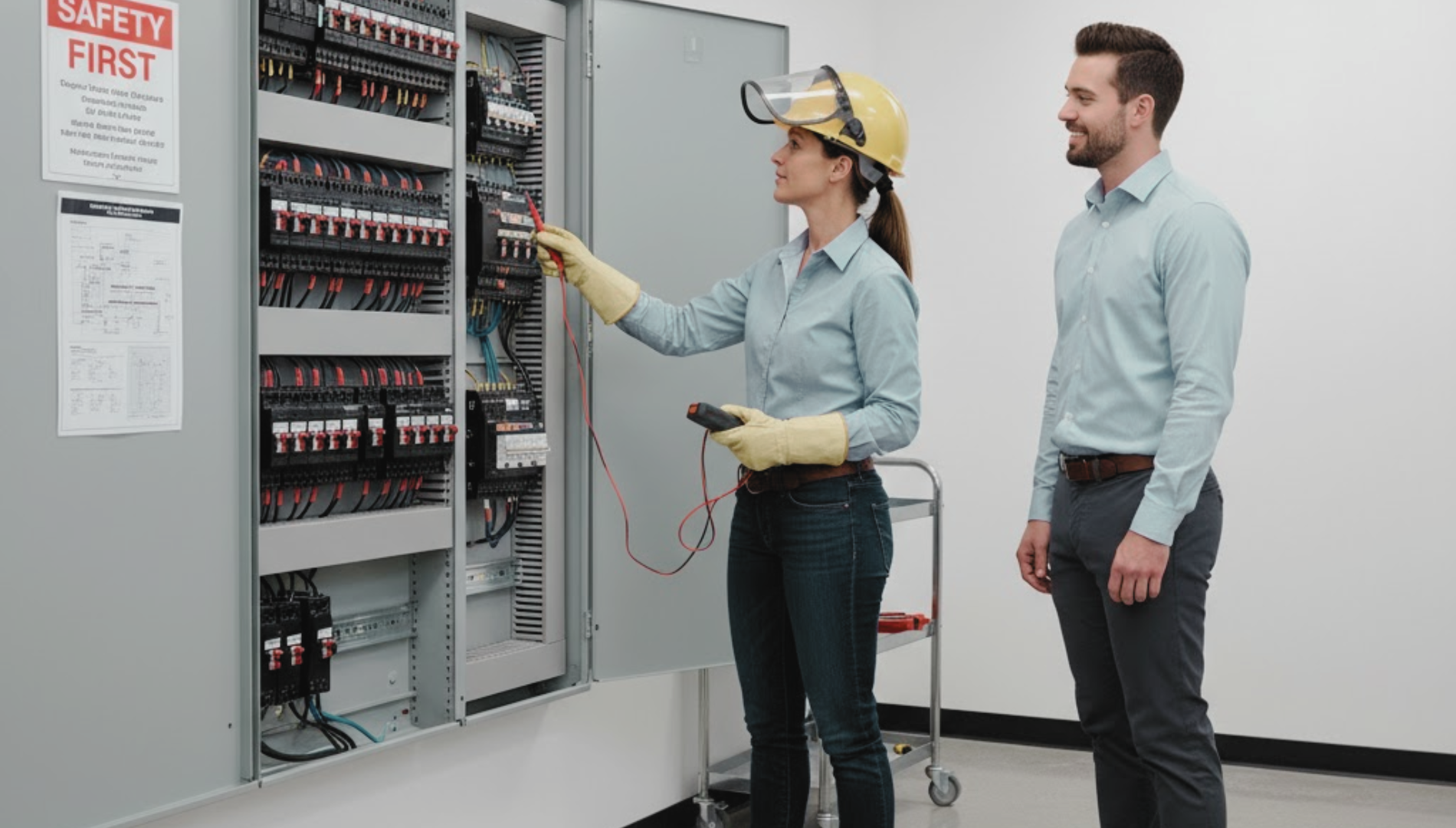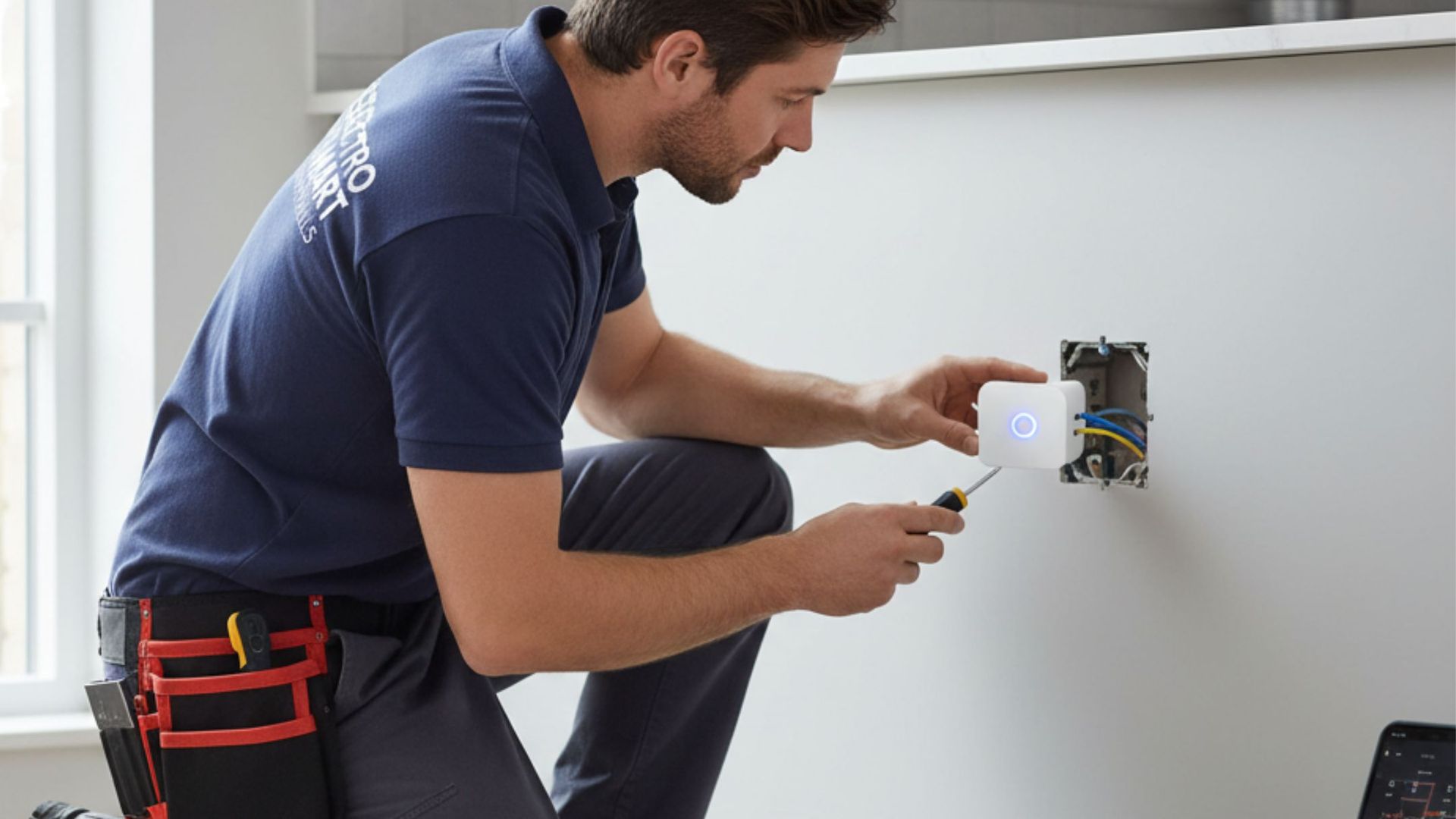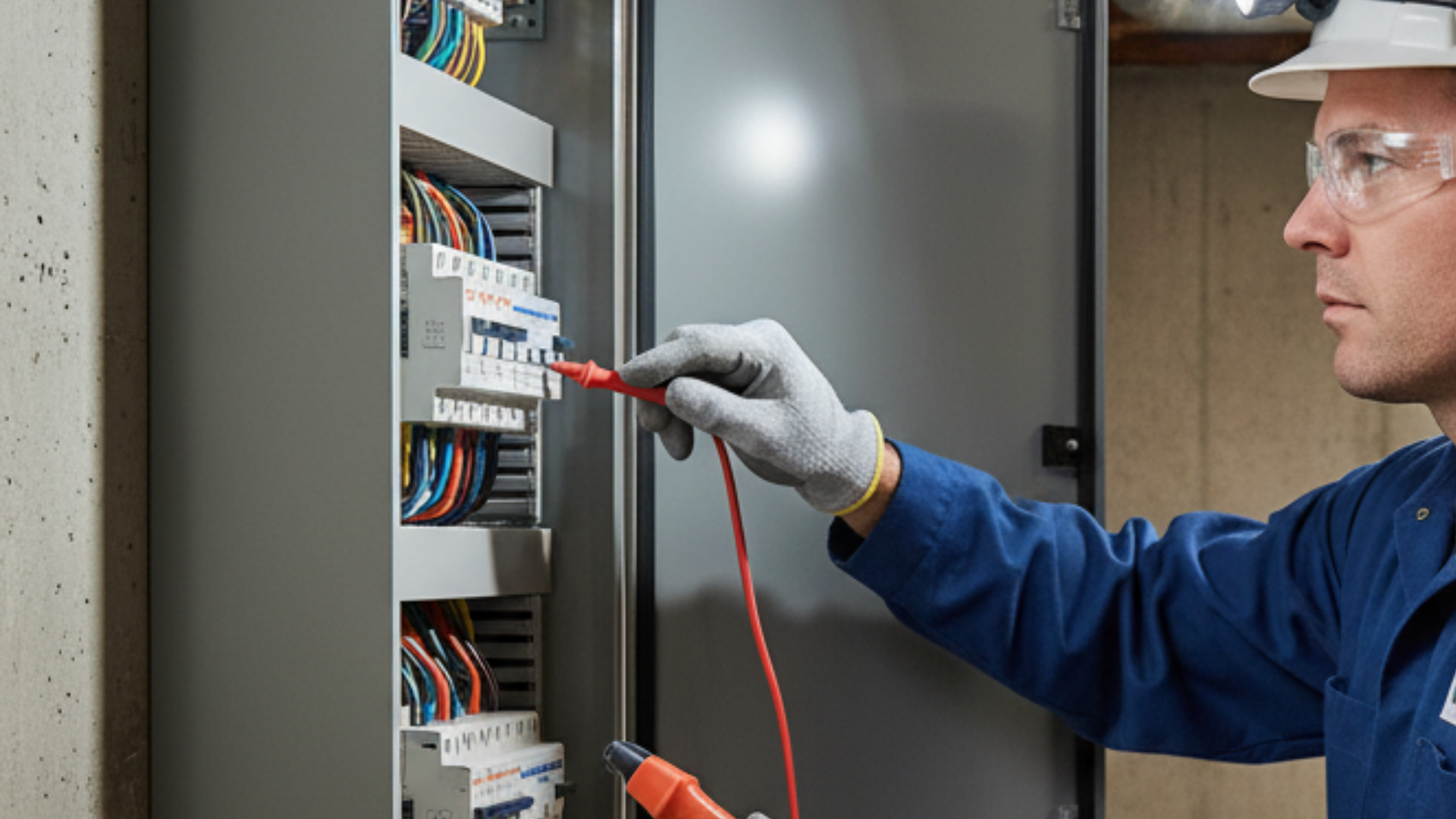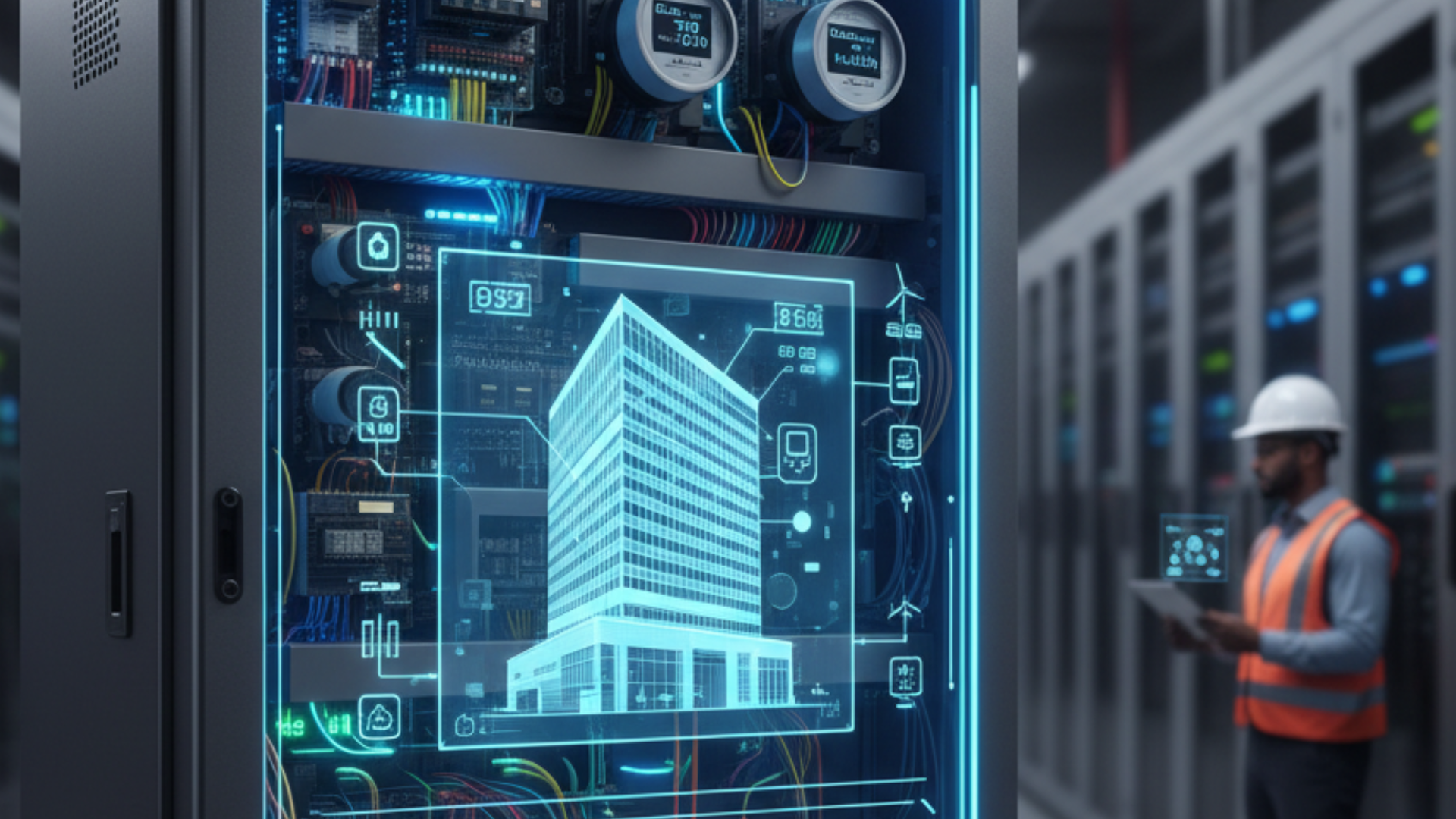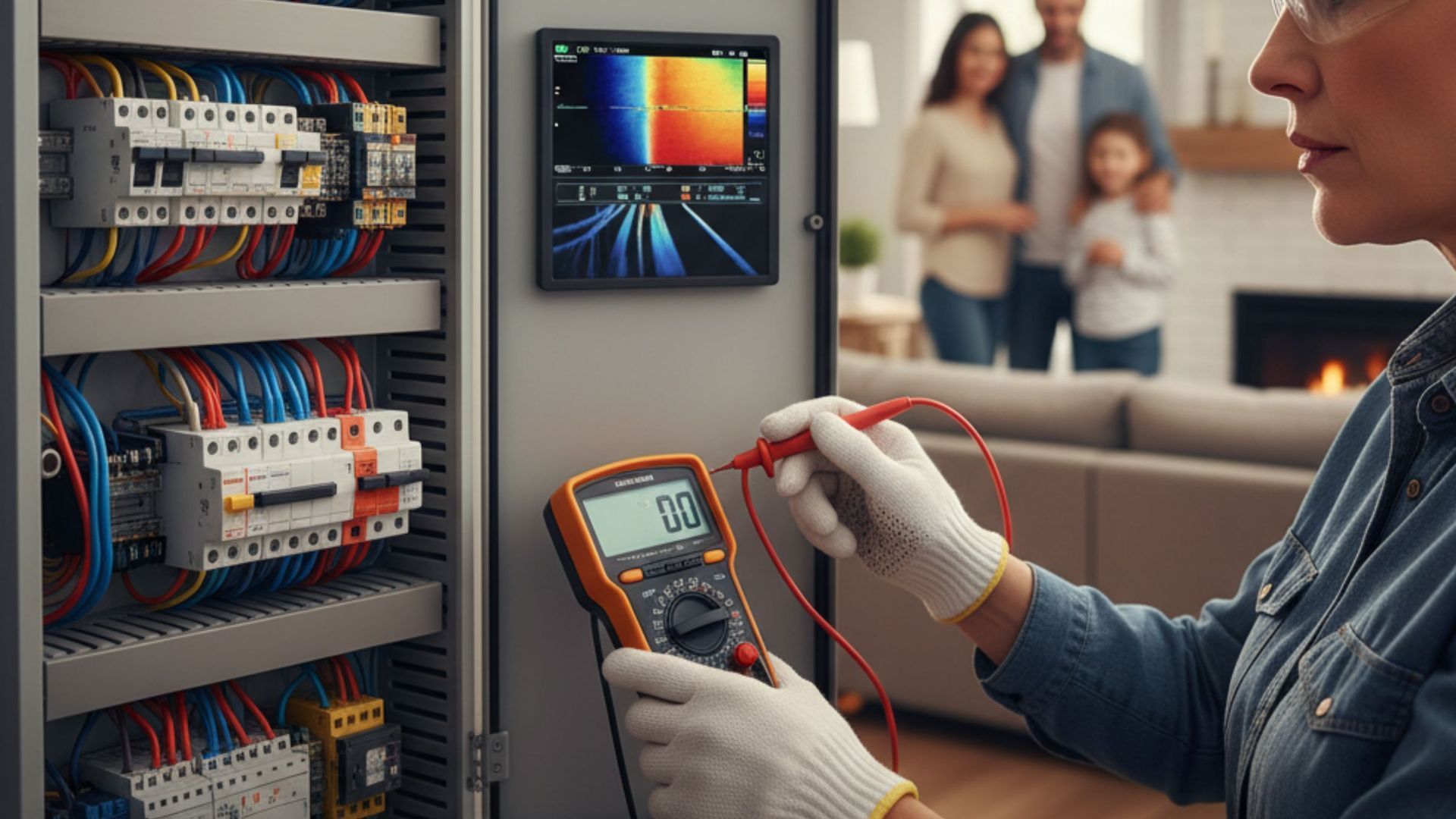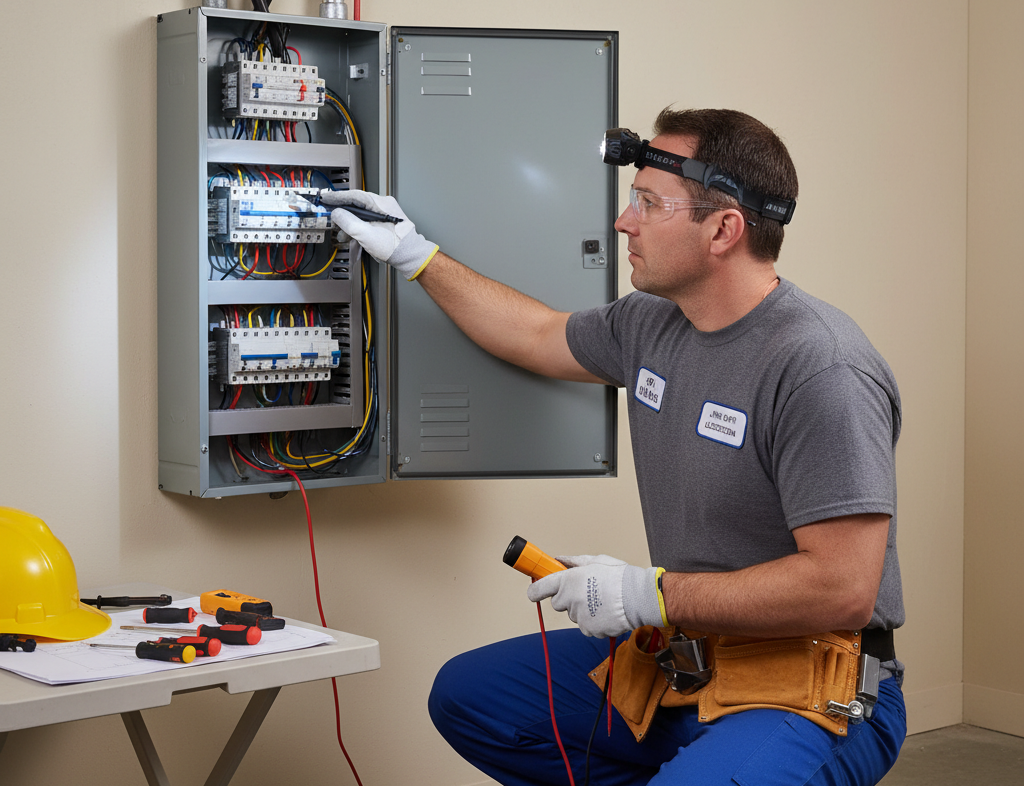What to Expect For Your Commercial Electrical Installation
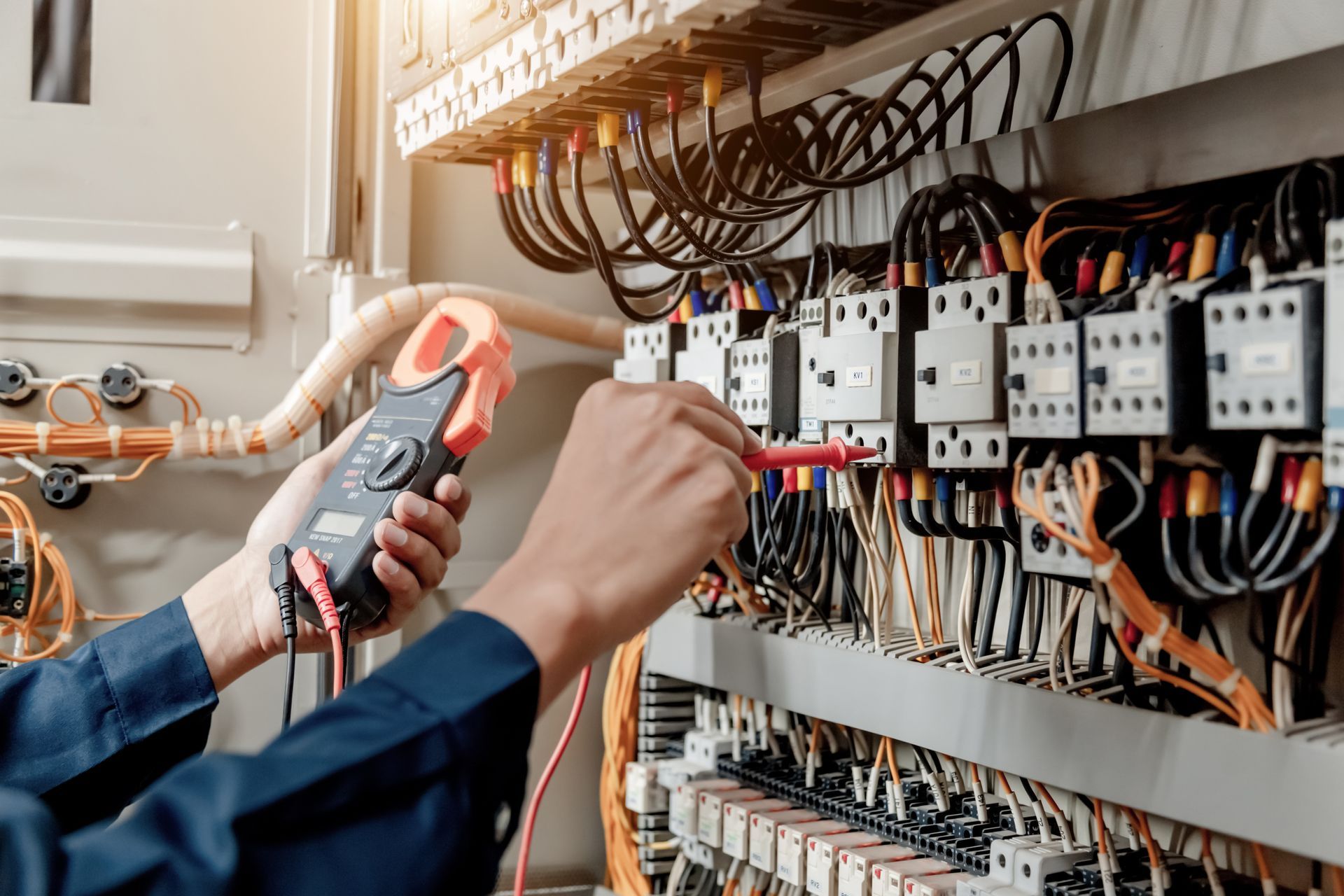
Electrical installation is key to every successful commercial building project. It helps make sure that electrical power is safe and reliable to use. Your business needs this power for many things. From turning on important machines to running lights and HVAC systems, a good system helps everything work well in commercial spaces. To build a dependable setup, Nash Electric LLC offers solutions that fit your own electrical needs. Keep reading to learn more about what goes into commercial electrical installations and how they help make your project a success.
Overview Of Commercial Electrical Installations
Commercial electrical installation needs careful planning and attention to detail. The systems in these buildings have many parts connected together. They handle lighting, power distribution, communication, and safety equipment. Commercial projects do not work like home setups. They need a stronger electrical design to handle more energy.
Good electrical installation helps things run well, keeps people safe, and makes work easier. If the work is not done right, there can be problems, stoppages, or big repair costs. By working with experts like Nash Electric LLC, you can be sure your commercial projects stay up to code and run without trouble.
Definition And Scope Of Commercial Electrical Work
Commercial electrical work covers the installing, keeping, and updating of electrical systems made for business places like office buildings, restaurants, and retail stores. These systems are not like ones in homes. They have to handle higher power and follow strict safety rules.
A big part of this work is commercial electrical wiring. It is the main support of any commercial space. This wiring gives power to lights, heating and cooling systems, power outlets, and communication systems. The wires are often placed in easy-to-reach pipes, which helps with maintenance and keeps things safe and up to code.
Commercial electrical projects can include making full electrical plans or meeting the specific requirements of each place. These jobs could be creating systems for factories, adding energy-saving lighting in offices, or more. The range of electrical work in commercial spaces is wide. Electricians have a crucial role to make sure these systems follow all rules and meet the needs of each business.
Key Components Of A Typical Installation
Every commercial electrical installation needs some important parts for safe and steady power. The electrical panel is like the main control center. It spreads out the electrical power to all the different circuits in the building and uses circuit breakers to keep everything safe.
The building will also have other electrical components like lighting systems, power outlets, and HVAC connections. These are set up to fit what the commercial property needs, so there is good energy use and everything works well. Circuit breakers will help keep the system safe from too much current or short circuits, so work can go on without problems.
There are also special systems that are needed, such as lighting controls, fire alarms, and systems for emergency standby power. These things help keep the place safe and make sure it can still run if there is a problem. If you put in and look after these parts the right way, all the electrical areas of the property will work well for both the short term and long term.
Planning And Designing Electrical Systems
Successful commercial electrical installations start with careful planning and design. In this step, you look at the building’s electrical needs. You also think about safety regulations, energy efficiency, and ways the electrical system can grow later. A clear blueprint shows the best places for wiring, circuit breakers, and power outlets.
Working with skilled electricians and engineers at this time lets you improve the electrical layout. You also make sure the work follows industry standards and local rules. This helps build a strong and reliable electrical system.
Critical Factors In Electrical Design For Commercial Buildings
Designing electrical systems for commercial buildings calls for close care on a few key factors. Safety standards must be front and center every time. You need to know that the system is safe and fits with laws like the National Electrical Code (NEC). It is important to label every circuit, smoke detector, and fire alarm the right way. This is not something you can skip.
Looking at the energy needs of commercial spaces is also a big part of electrical design. Many of these places use heavy machines or have more than one HVAC system. To handle this, good power distribution and smart planning of branch circuits will be needed.
You also have to think about where your business will go in the future. Will the system let you add more electrical components if you need to grow? A design with scalability helps your system keep up as you build your business. By focusing on safety standards, good ways of working, and planning ahead, people can set up electrical systems that work well and last.
Role Of Electrical Engineers And Designers
Electrical engineers and designers play a key part in commercial projects. They help make sure the electrical services fit the special needs of the place. The team looks at the specific requirements and then draws up layouts that show how the power distribution will work. They also make sure the plans meet industry standards.
In commercial projects, they have to work together with others. Electrical designers often join with architects and contractors. This helps to line up the electrical systems with other parts of the build. Working like this makes sure of proper operation and helps keep problems low during the installation process.
These engineers do more than just plan. They also watch over the installation process and step in to solve problems if they pop up. Their knowledge makes the systems work well and also helps keep everyone safe by following safety standards. They are key for the strong and safe electrical system in your building.
Execution Of Electrical Installations
A good electrical installation is about more than just planning. The job needs careful work to make sure all wiring and electrical equipment fit together well in the building. Electricians use a step-by-step plan. Their main goals are keeping things safe and making sure everything works right.
When doing the job, electricians stay in touch with the people working on the building. They all work to make sure things stay on track and there are no hold-ups because of power issues. Nash Electric LLC uses a clear and simple way to keep your electrical installation work on time and up to the right level.
Step-by-Step Process of Installing Electrical Systems
The electrical installation process is done step by step to make sure that there is accuracy and safety.
| Step | Process Description |
|---|---|
| Step 1 | Planning: Figure out all the electrical needs and make detailed blueprints. Electrical engineers do this job. |
| Step 2 | Temporary Setup: Put in place temporary power sources so the team can work during construction. |
| Step 3 | Wiring Infrastructure: Put down the wiring and connect important electrical equipment. |
| Step 4 | Component Integration: Add panels, lights, and connect outlets. |
| Step 5 | Testing: Check that everything works, meets safety protocols, and there are no errors. |
Each stage of this installation process helps keep the electrical system strong and able to do its job. Everything is done with safety protocols in mind to ensure proper power distribution in the commercial spaces.
Importance Of Coordination With Other Construction Processes
Seamless teamwork between electricians and other groups on a commercial construction site is very important. Electrical work often happens at the same time as plumbing, HVAC, and other jobs. This means that everyone needs to work together in the right way.
For example, the path of electrical conduits should not get in the way of plumbing or any fire safety measures. When people talk and share updates on a regular basis, it helps fix problems before they stop the job. Electricians also need to get into the most important parts of the building to put in things like branch circuits and breaker panels. They must have time and clear space to do this part well.
When all groups on the job talk and help each other, each part of the building can work together better. This kind of teamwork also helps everyone reach the safety standards needed in commercial construction projects. Discover Commercial Electrician: Their Role In Businesses today!
Common Challenges In Commercial Electrical Installations
Commercial electrical projects often face a lot of problems. These problems can be things like safety risks on the job site or things nobody saw coming. If you do not deal with these quickly, they can slow down the work and cost more money. For example, safety risks can come from exposed live wires. Following safety regulations can also take up a lot of time and need careful attention.
Sometimes, there are sudden changes to how the building is set up. This means you have to change the electrical system right away. If you know about these main challenges, you can be ready for them. This way, your work on the project can go better and finish on time.
Addressing Safety Concerns During Installation
Safety is very important when you put in an electrical system. People need to follow safety regulations, such as the National Electrical Code (NEC), to help keep the area free from danger. There are other safety measures like using insulated wiring and ground fault circuit interrupters to make risk lower.
To stop electrical fires, there are a few things you have to do. Leaving space between wires and items that can catch fire is key. Using the right circuit breakers is also important. Smoke detectors and fire alarms add more safety during building work and after the job is finished.
By checking everything closely and having more safety measures in place, licensed electricians help make spaces safer for people. This way, everyone can avoid most electrical hazards and accidents.
Managing Unexpected Issues On Site
Unexpected problems, like sudden changes to the building or electrical equipment that does not fit, can cause delays during installation. Commercial electricians with experience know there may be potential issues. They plan for these and use flexible designs to handle what may come up.
The team often needs to solve problems before they get worse. For example, when they need to reach buried wiring, they must do so fast and without harming the building's structure. Good and open talks between electricians and the construction teams help sort out on-site trouble quickly.
Licensed workers also do regular maintenance checks. This way, they can find and fix small trouble before it grows. Their skills help take care of tough on-site problems. No matter how big these get, the job can reach its best outcome because of good planning and skilled work.
Conclusion
Knowing what happens in a commercial electrical installation is very important. It helps the project run well and meet all safety standards. Every step matters, from planning and designing the system to doing the electrical installation on site. You need to be aware of possible problems. It is good to keep talking with electrical engineers and other construction teams. This keeps risks down and helps things go smoothly. If you want more information or need help with your next electrical installation, you can
contact Nash Electric LLC for expert advice and support.

